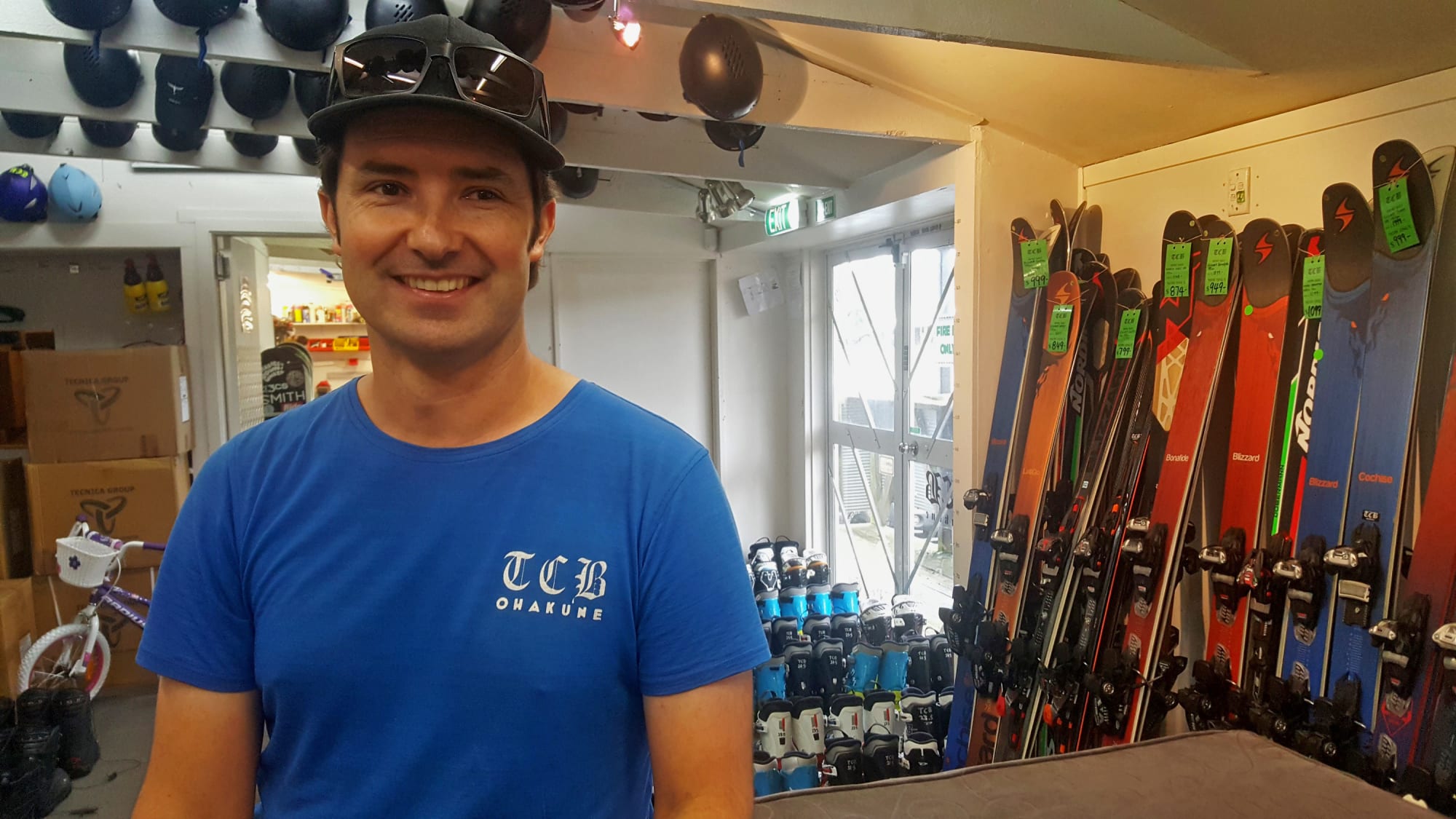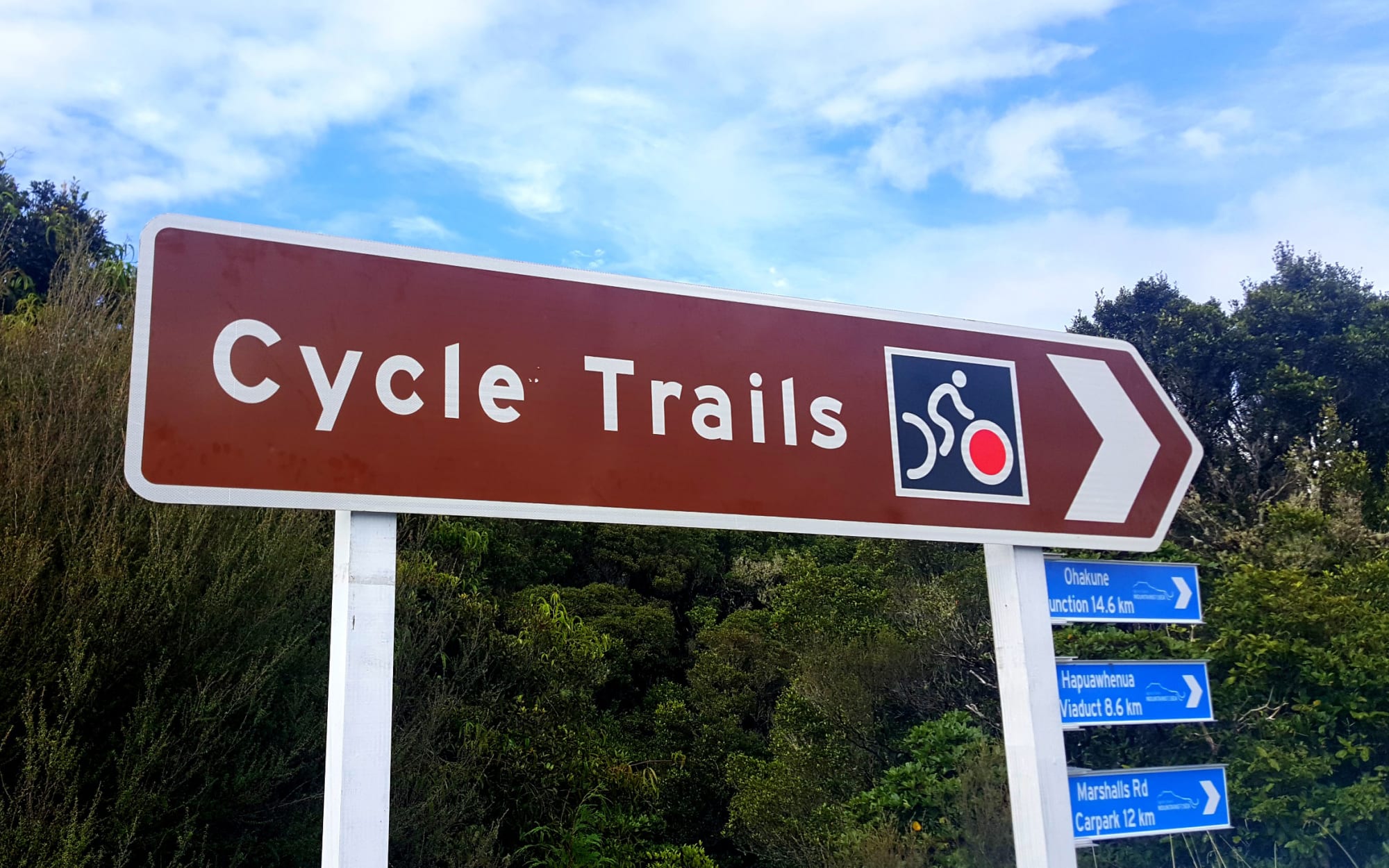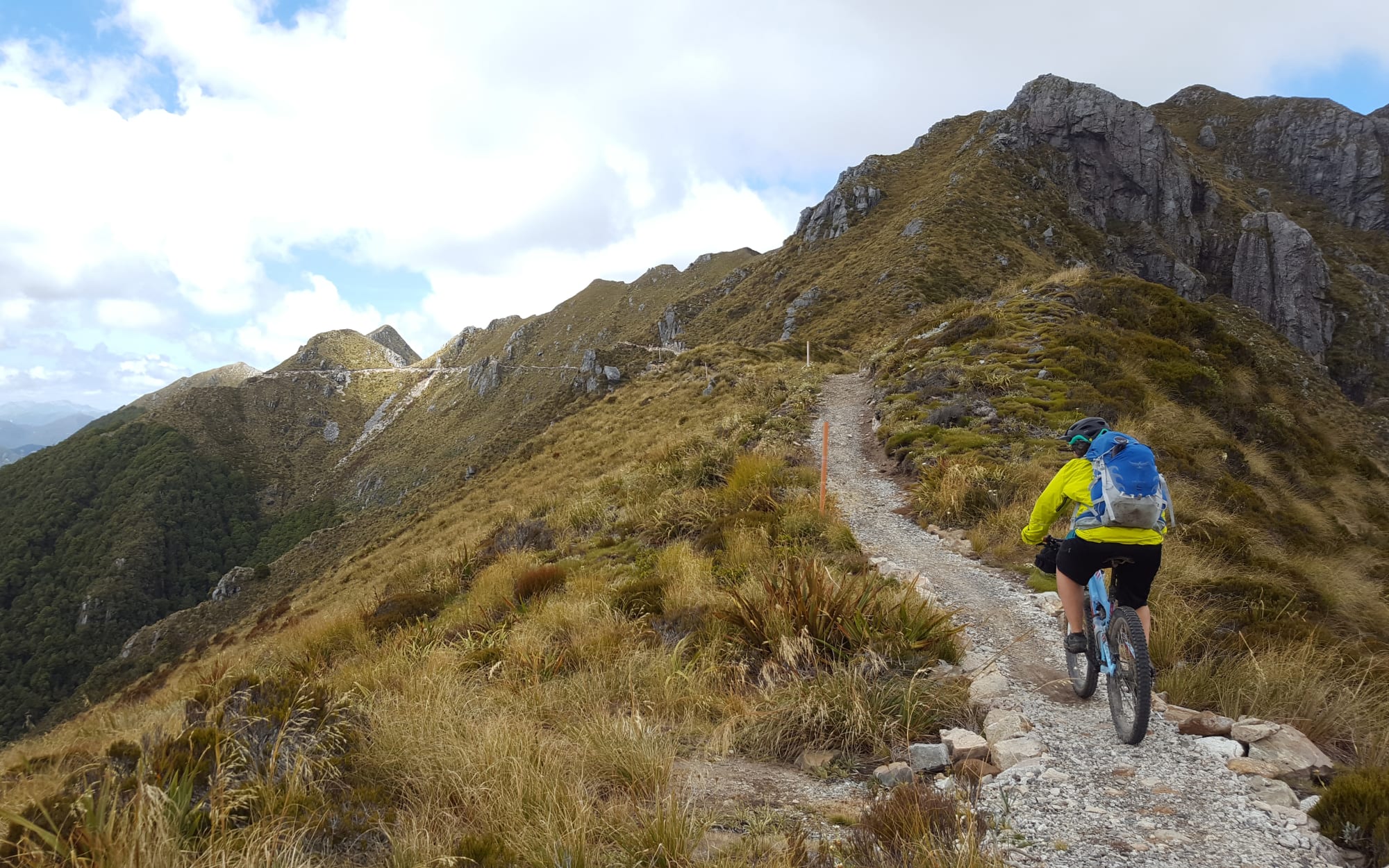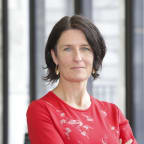Plans for a national cycleway were denounced as a stunt almost as soon as John Key announced them in 2009.
One of the concrete ideas to emerge from the newly-minted Prime Minister's jobs summit, it was pitched as a way to boost employment and drive regional economic growth, at a time when the global financial crisis was triggering fears of large-scale redundancies.
But the government almost immediately back-pedalled on the initial plan to build a cycleway running the length of the country, in favour of 'Great Rides' that could be linked at a later stage.
Further criticism followed a year later when the government revealed just 70 of a touted 4000 jobs had so far been created - although Mr Key insisted most of the new employment would come from tourism ventures once the trails were completed.
He name-checked the project in his valedictory speech to Parliament, but eight years on is the national cycle trail just a penny-farthing gimmick after all, or a pedal-powered success?
The 83km Timber Trail, which runs between Pureora and Ongarue in the King Country, was one of the earlier trails to be completed, in 2013.
Last year 6500 people rode the trail - and many used the services of Paul Goulding's Epic Cycle Adventures.
"We started off three-and-a-half years ago with a van, a trailer and four bicycles, and now we've got three vans [and] 40-odd bicycles," Mr Goulding says.

Paul Goulding Photo: RNZ / Chris Bramwell
"Business is about 40 percent up each year, so ... we are very optimistic."
Towns near the trail are also noticing flow-on benefits from the Timber Trail, he says.
"Te Kuiti and Taumarunui are benefiting mainly from the accommodation, so people are driving down from Auckland and staying in Te Kuiti the night before and driving up from Wellington and staying in Taumarunui and maybe staying the night after as well."
A Taumaranui resident himself, he says there's been a revival in the town since 2013.
Further south, the town of Ohakune has historically ballooned in winter to provide services for all the thousands of skiers and snowboarders heading up to Turoa skifield, then reverted to a ghost town over summer.
It is now the official start of the 217km Mountains to Sea Cycleway, which runs via the Bridge to Nowhere and Pipiriki out to Whanganui 217km later.
Ben Wiggins is the owner-operator of TCB Ski, Board and Bike in Ohakune.
About seven years ago he began trying to get cycling off the ground in the town, as the infrastructure was all there to provide services for summer visitors.
"Once the government saw what we were doing there, they kicked in and really got it finished."
There was an immediate effect, Mr Wiggins says.
"Before you know it there were hundreds of riders coming to town.
"Seven years on now everyone thinks of Ohakune as a summer and winter destination, it's creating jobs, new restaurants are opening up - it's having a really positive impact."

Ben Wiggins Photo: RNZ / Chris Bramwell
In an evaluation of the cycle trails last year, the Ministry of Business Innovation and Employment found that for every $1 of public money spent on the trails, $3.55 was returned in annual benefits.
About 1.3 million people a year were using the 22 Great Rides built so far, most of them domestic tourists.
Nowhere in the evaluation was there an assessment of how many jobs the cycle trail had created - in fact, the last reported number was about 700, way back in 2012.
But Ben Wiggins says there's no doubt the trails have created jobs.
He used to have to let his staff go at the end of winter, but now could keep them on year-round.
Some of them have bought houses in the town, which has further helped the local economy, he says.
New Zealand Cycle Trails chair Richard Leggat says overall, the project has exceeded expectations.
"From a user experience, from economic impact and from a feel-good perspective it's going incredibly well."
There's growth still to come, he says.
"Feedback is good, the user experience is really good and riders are telling their friends and family, 'You should come and do this,' so the potential is still really high."
An uphill climb
But not all the cycle trails have been a roaring success.
The Southland trail, in particular, has struggled from the get-go.
The project has already blown its budget by nearly $2 million - about $1m of that on legal fees after Fish and Game challenged the route Southland District Council chose for the trail.

Photo: RNZ / Chris Bramwell
The council lost in court and is now considering its options - including a potential new route.
Richard Leggat says he is still confident the trail will go ahead, but it might take a bit longer than everyone had hoped.
That trail was an outlier in terms of problems and the rest are, on the whole, going very well, he says.
He picks the recently-opened Old Ghost Road as one of the success stories.
A technically challenging and remote trail, it runs between Lyell, south of Murchison, to Seddonville on the West Coast. Last year more than 8000 people rode the trail.
"The Old Ghost Road has had a very committed team of volunteers who've done a fantastic job because they care about it and they think they can make a difference - and they have," Mr Leggat says.
"So having that sort of group, combined with additional financial resources, is the key [to success]."
RNZ's election series Is this the Brighter Future? examines the government's record since it was elected in 2008. Read more here.



